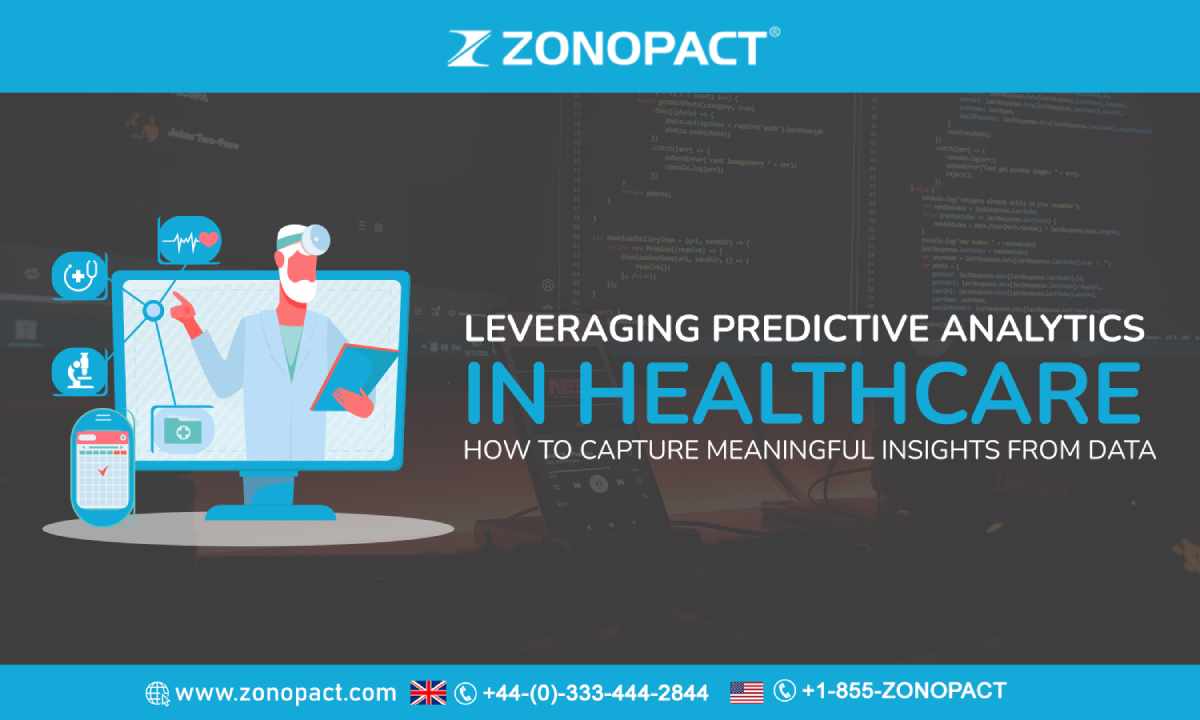
As healthcare organizations strive to provide the highest quality of care to their patients while managing costs, leveraging predictive analytics has become a valuable tool. Predictive analytics can help healthcare organizations make data-driven decisions and capture meaningful insights from their data. Predictive analytics can be used to identify trends, forecast outcomes, and suggest interventions that can improve patient health outcomes and reduce costs. Predictive analytics is becoming increasingly important in healthcare as it can help identify risk factors for diseases, predict appropriate treatments for patients, and uncover areas for improvement in healthcare delivery. predictive Analytics in Healthcare can also be used to detect fraud and waste in healthcare, allowing providers to identify and address these issues quickly and effectively. In this article, we will discuss how predictive analytics can be used in healthcare to identify meaningful insights from data.